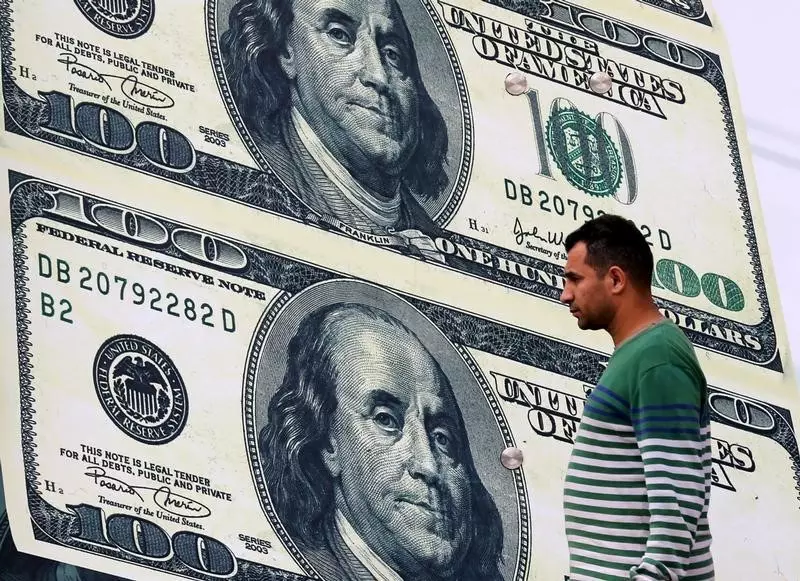In the rapidly shifting landscape of global finance, currency values are often subject to a multitude of influencing factors. Recent events surrounding the US dollar, British pound, and Japanese yen highlight how economic indicators and political developments can drastically impact currency performance. This analysis delves into the latest trends in these currencies, the data behind them, and what might lie ahead for investors and global markets.
On Thursday, the US dollar demonstrated signs of stabilization after experiencing notable declines earlier in the week. The Dollar Index, a composite measure of the dollar against six major currencies, edged upward to 108.950, marking a tentative end to a three-day losing streak. The initial downturn was largely attributed to the release of a more favorable Consumer Price Index (CPI) report, suggesting a moderating inflationary environment. Analysts from ING remarked that the relatively low core CPI reading for December had boosted global asset markets, indicating a temporary respite in inflation fears.
However, while the CPI figures offered some relief, they have not entirely quelled concerns about persistent inflation, which hovers near 3% year-on-year. This sustained inflation level raises questions regarding the Federal Reserve’s monetary policy responsiveness, as market participants speculate about potential interest rate cuts. The Fed’s cautious approach in the face of ongoing inflationary pressures contributes to the dollar’s elevated position, particularly with the looming anticipation of Donald Trump’s inauguration. His administration’s commitment to stringent tariff policies has generated anxiety about further price escalations that could influence economic stability.
The day’s trading activity anticipates additional retail sales data, which could provide further insight into consumer behavior and economic momentum. Investors will also focus on the Senate confirmation hearing for Scott Bessent, Trump’s nominee for Treasury Secretary. Analysts suggest that his remarks on matters such as tariffs and the dollar’s valuation could impart significant insight, although a radical shift in the strong dollar stance is not expected at this juncture.
In the UK, the situation appeared less rosy for the British pound, which faced downward pressure as it traded 0.3% lower against the US dollar, settling at 1.2199. The release of UK GDP data revealed a modest growth of only 0.1% in November, a figure that fell short of market expectations. This scant growth, following preceding declines, has led analysts to predict that the Bank of England may be compelled to lower interest rates significantly in the coming months, particularly in February. The anticipation of reduced interest rates further complicates the pound’s prospects, as the market has begun to factor in two more cuts by 2025.
The euro also experienced slight weaknesses, represented by a drop in the EUR/USD exchange rate to 1.0290. Data from Germany and Italy confirmed subdued inflation levels, underscoring persistent economic stagnation within the Eurozone. Despite opportunities for a rally, traders noted that the euro struggled against USD gains, prompting speculation that weak growth and inadequate leadership could hinder the euro’s performance. The European Central Bank’s anticipated move to ease interest rates further—potentially a drastic 100 basis points by 2025—reinforces the outlook of continued underperformance for the euro against the dollar.
On the Asian front, the Japanese yen has gained considerable traction, dropping 0.4% against the US dollar to a rate of 155.75, its lowest since mid-December. This surge can be largely attributed to comments made by BOJ Governor Kazuo Ueda, who indicated a readiness to consider interest rate increases in response to strengthening inflation and wage growth. The attention now turns to the forthcoming fourth-quarter GDP data, which could further influence the trajectory of USD/CNY, which has remained stable at 7.3317.
Overall, the current state of currency markets reflects a complex interplay of economic indicators, monetary policy decisions, and political developments. Investors must stay attuned to these dynamics to navigate trading opportunities and risks effectively. The evolving nature of inflation, interest rates, and market sentiment compels continuous engagement and assessment in an ever-changing global financial ecosystem.

